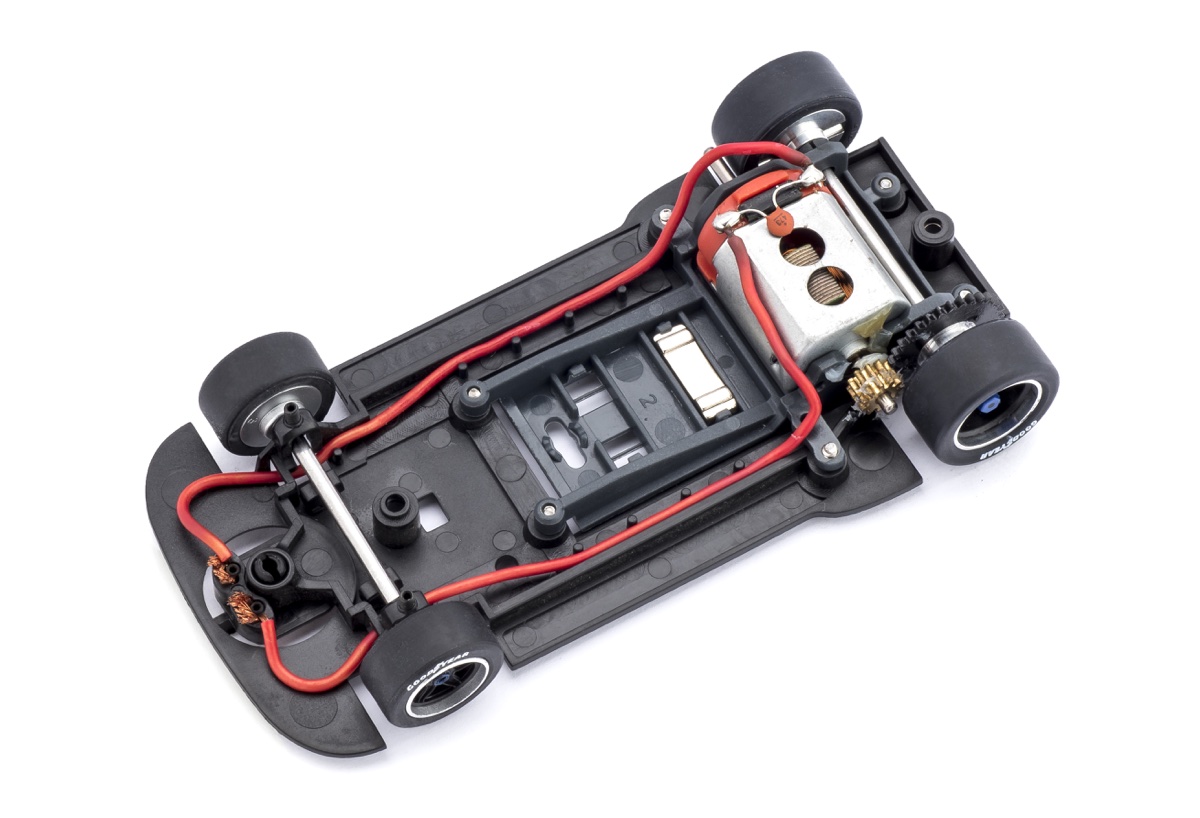MATRA-SIMCA MS 670b
1973
MATRA-SIMCA MS 670B
1973 - 24h Le Mans / #14 B. Wollek - P. Depailler
CA67a
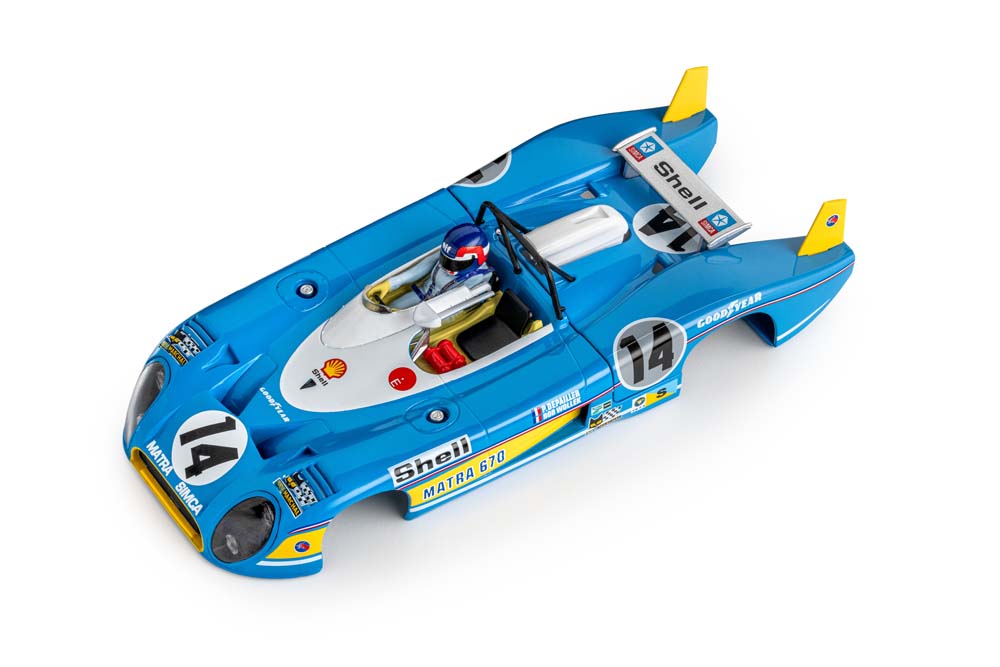
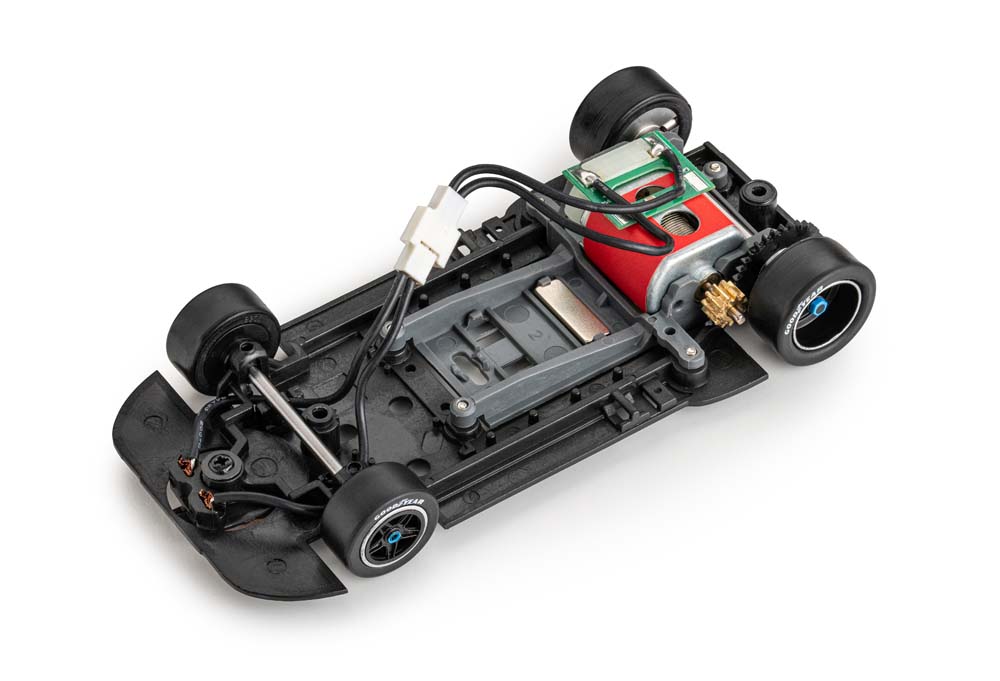



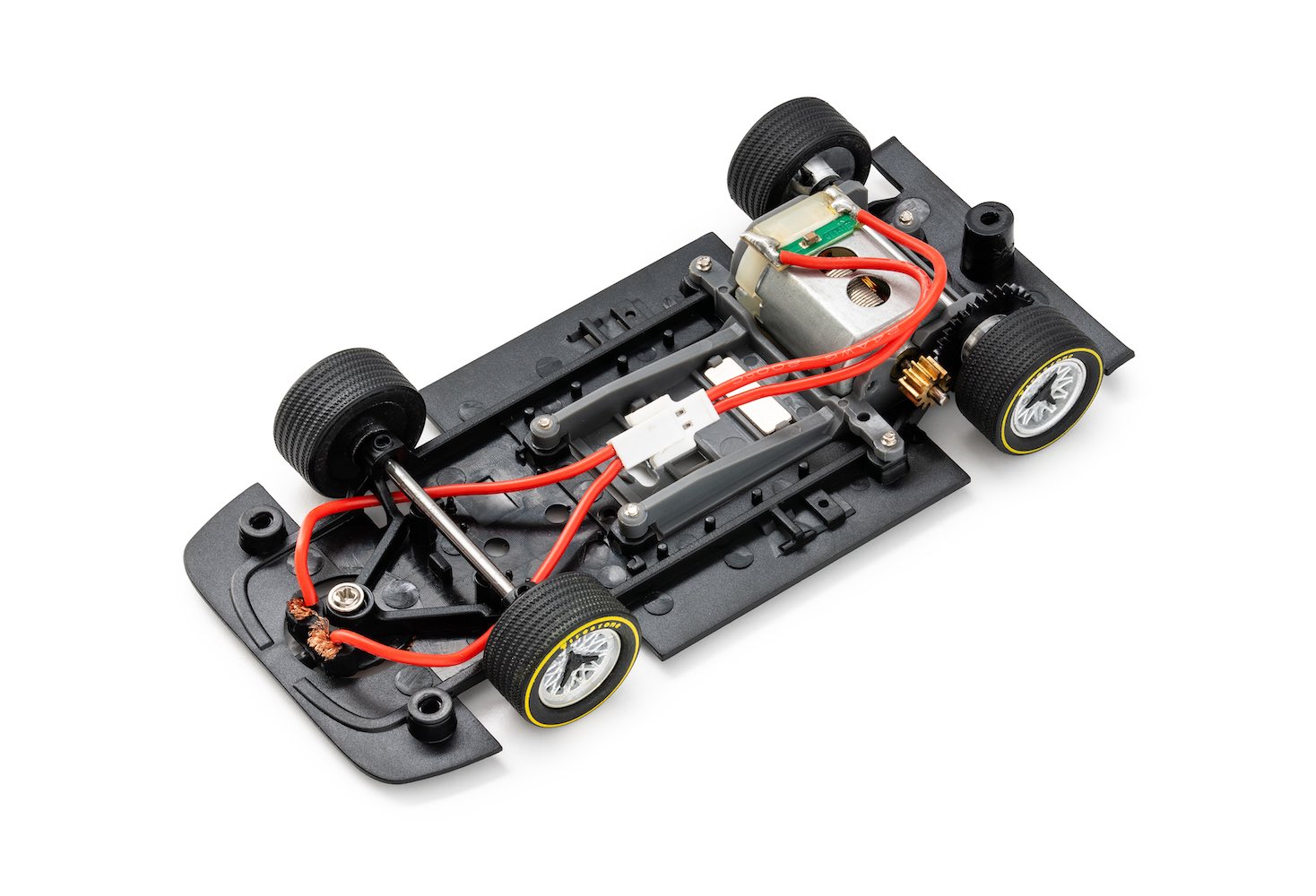
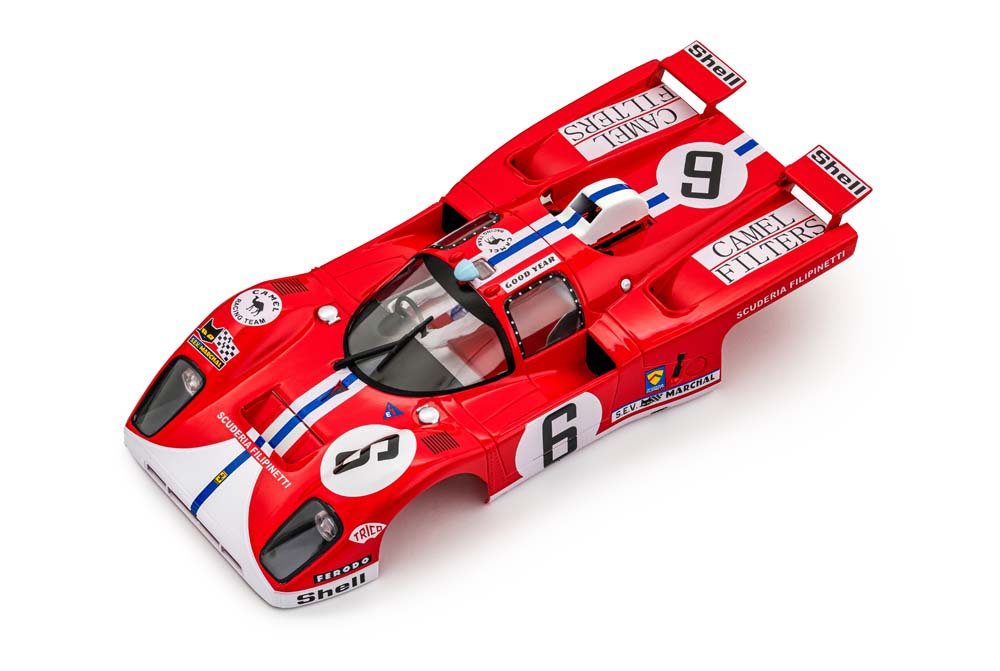

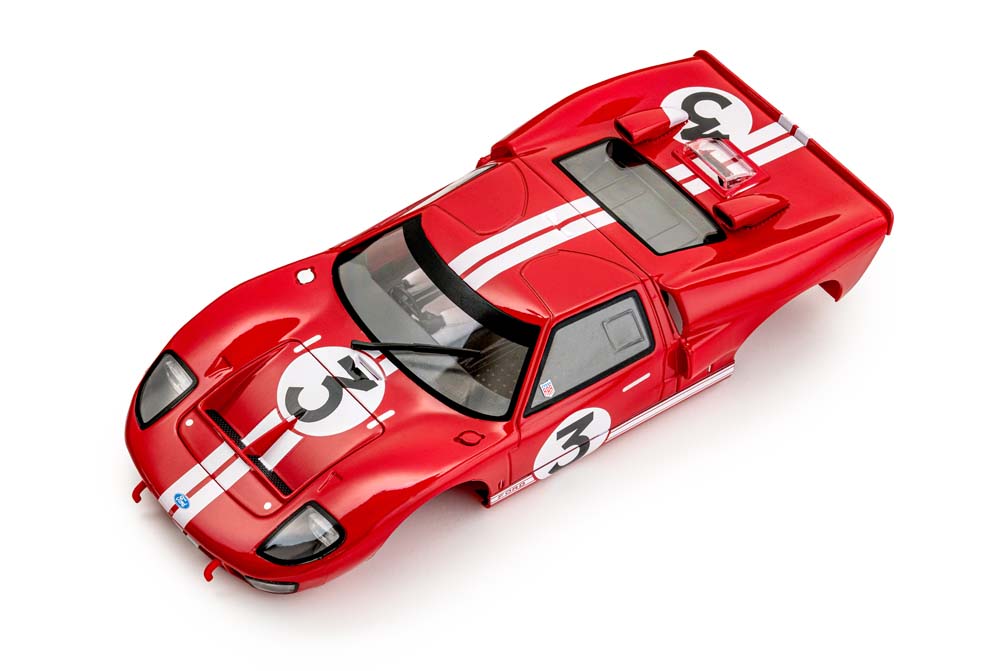






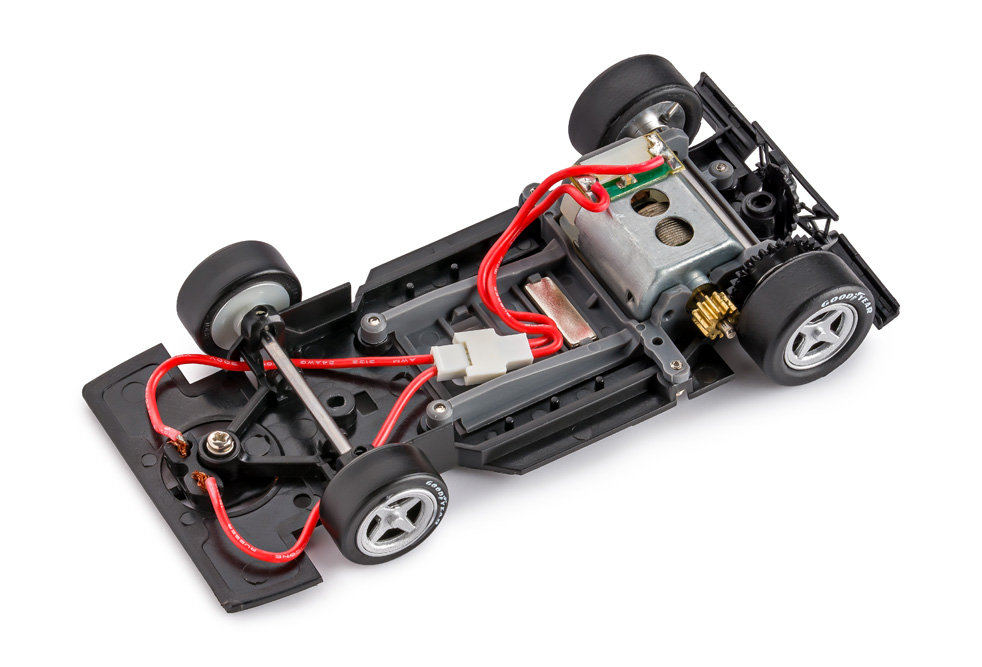
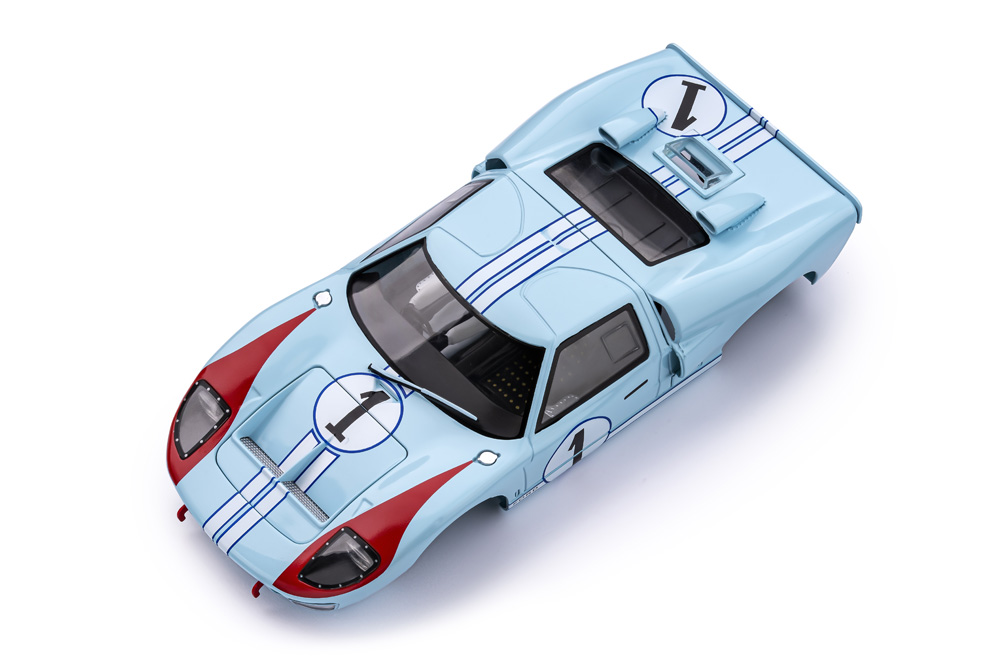
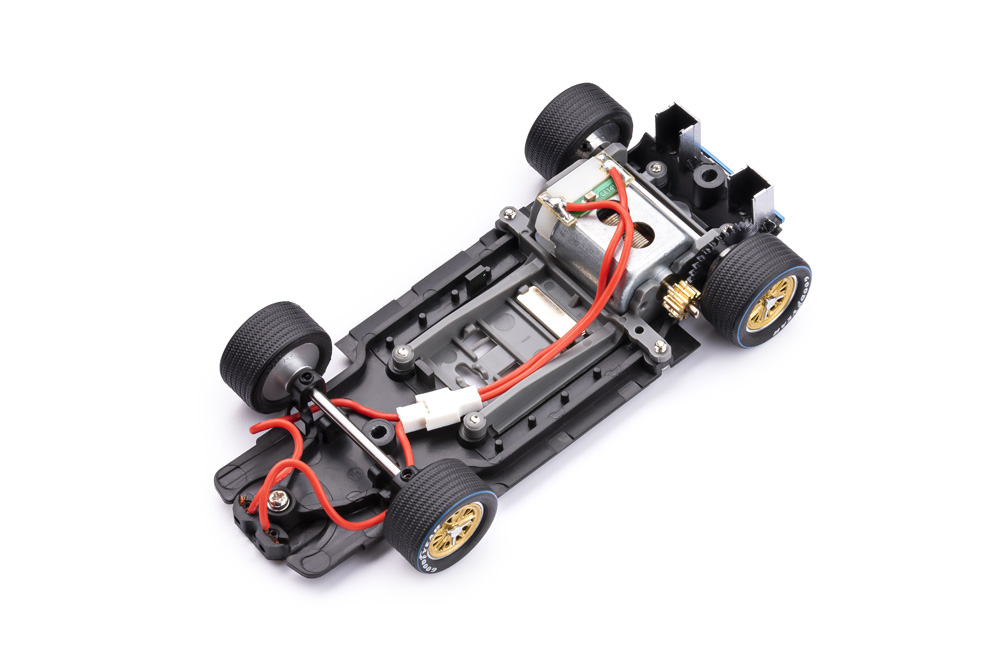
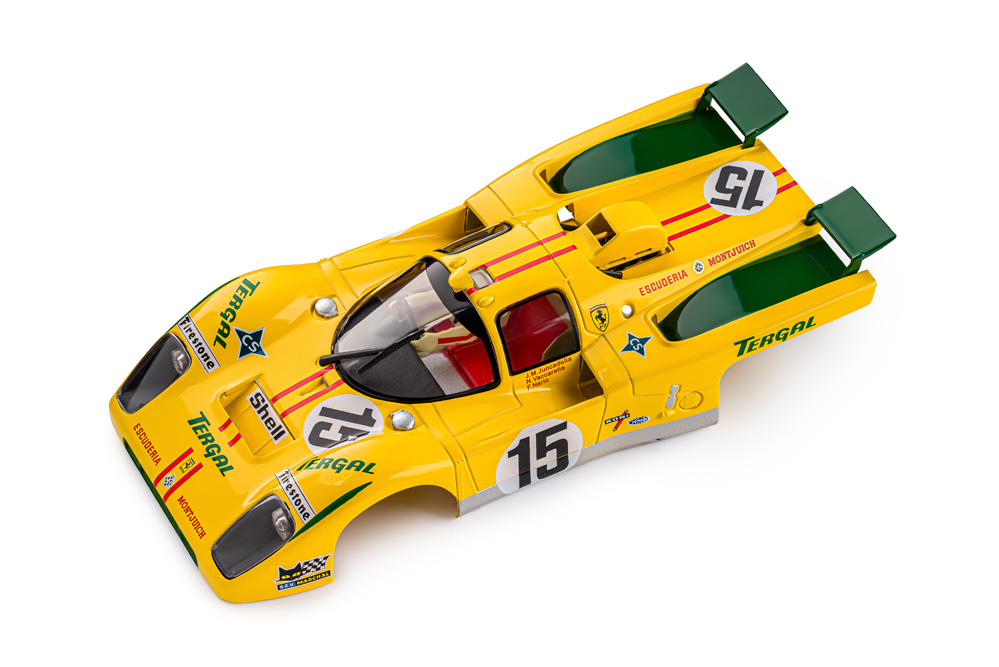
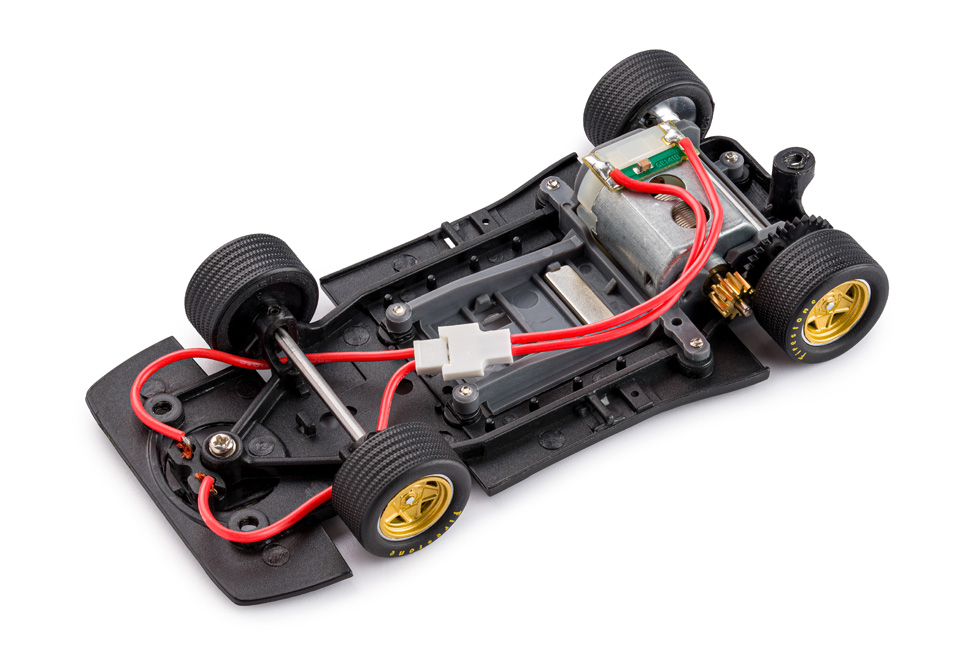
A Le Mans, nel 1974, le ‘MS 670 B’ iscritte erano tre. Henri Pescarolo e Gérard Larrousse, con la vettura n.7, dominarono la corsa vincendo per il secondo anno consecutivo. The Matra-Simca MS 670 was a Prototype race car that won the Le Mans 24 Hours 3 times in a row (from 1972 to 1974) as well as the World Manufacturers Championship twice (1973 and 1974). The car was designed by Bernard Boyer and Jean-Louis Caussin. The long tail version, designed specifically for Le Mans, was still called ‘670 B’, ‘B’ being the distinctive letter of all Matras fitted with the Porsche 5-speeds gearbox. The chassis was an aluminium monocoque, with fibreglass body. The engine, whose sound was extremely loud, was a 60° 3-litres V12, with aluminium block and heads, 79.7 mm bore and 50.0 mm stroke. The motor version used in ‘74 at Le Mans was ‘MS 73’, with maximum torque of 320 Nm at 8400 RPM , and maximum power of 450 HP at 10500 rpm. On the Mulsanne straight the car could top 320 kph. Brakes had Girling ventilated discs, all-round; in 1974, the rear brakes were moved inboard. Rims dimensions were 13² x 11² at front and 15² x 15² at rear. The car weighted 693 kg. Three were the ‘670 B’s racing in Le Mans in 1974. Number 7 was driven by Henri Pescarolo and Gérard Larrousse who lead the race from start to finish, winning Le Mans for the third time in a row.

